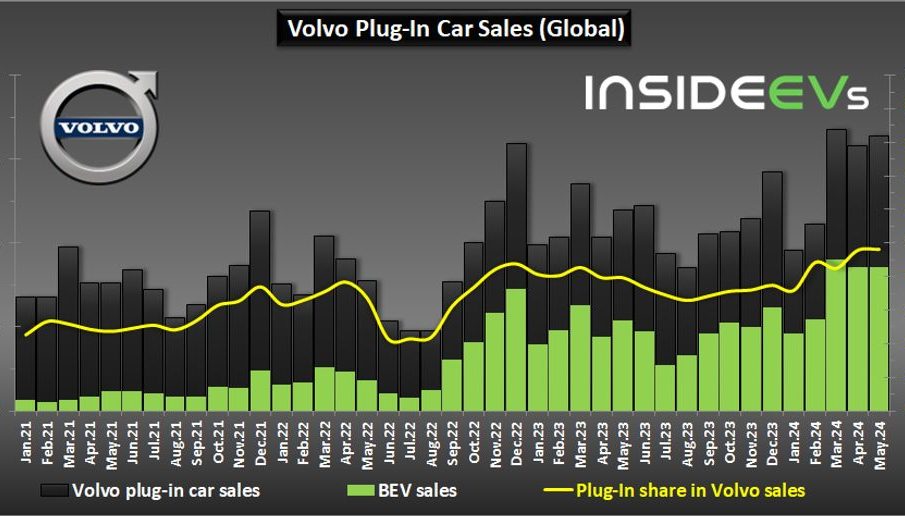Understanding the Recent Decline in Volvo Sales

Introduction
The automotive industry is facing numerous challenges, and one of the most notable stories in recent months has been the decline in Volvo sales. As a prominent player in the global car market, Volvo’s performance is indicative of broader trends in consumer preferences, economic conditions, and the competitive landscape. The analysis of these factors not only highlights the struggles faced by the Swedish car manufacturer but also reflects the changing dynamics in the automotive sector.
Current Sales Trends
In the latest quarterly reports, Volvo Car Group has disclosed a sales decrease of approximately 18% compared to the same period last year. This drop signifies the lowest sales figures for the automaker since 2020, raising concerns among investors and industry analysts. Meanwhile, luxury car rivals like BMW and Mercedes-Benz have continued to report steady or increasing sales, showcasing the competitive pressures that Volvo is encountering.
Factors Contributing to the Decline
Several critical factors have been attributed to the decline in Volvo sales:
- Supply Chain Challenges: The ongoing global semiconductor shortage has severely disrupted production schedules, leaving some models unavailable for consumers.
- Increased Competition: As consumer preferences shift towards electric and hybrid vehicles, Volvo’s transition to electrification has lagged behind competitors who have launched more aggressive EV product lines.
- Market Dynamics: High inflation and changing consumer purchasing power have led many potential buyers to rethink their automotive purchases, particularly in the luxury segment.
Geographical Insights
Geographically, most of the decline has been reported in North America, where sales have fallen sharply due to the economic uncertainties affecting consumer spending. In contrast, the European market displayed relative stability, driven partially by environmental regulations that favor electric vehicles.
Looking Ahead
As Volvo seeks to regain its footing in the market, executives are examining strategic initiatives aimed at revitalizing sales. This includes the introduction of new electric models as part of their commitment to becoming a fully electric car brand by 2030. Furthermore, enhancing customer engagement and adapting supply chains to be more resilient could provide the necessary support in overcoming these hurdles.
Conclusion
The decline in Volvo sales underscores significant shifts within the automotive industry and emphasizes the need for adaptability in a fast-evolving market. As Volvo implements its strategies to counter these declines, stakeholders will be closely monitoring its recovery efforts. For consumers, understanding these market dynamics can help inform their purchasing decisions as the automotive landscape continues to change.









